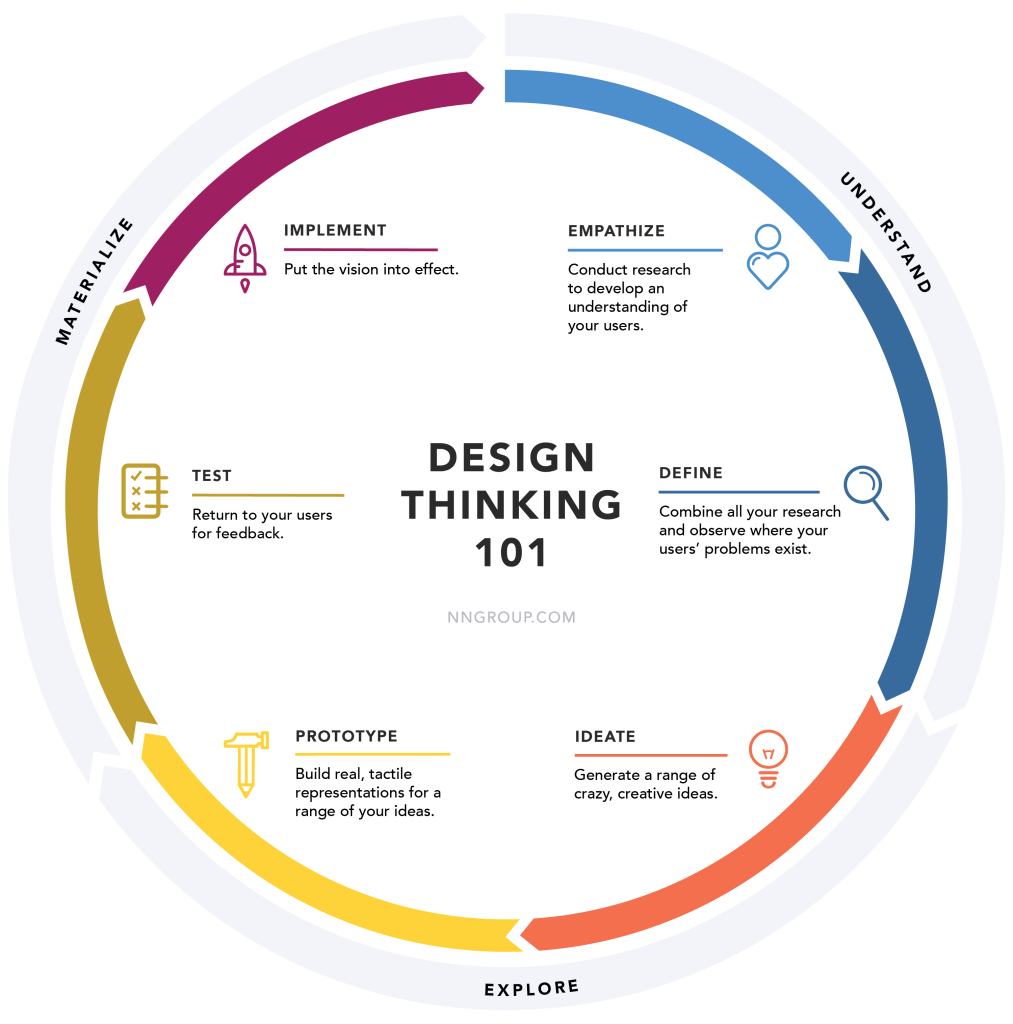Design thinking is a mindset and approach to problem-solving and innovation anchored around human-centred design.
IDEO defines it as:
Design thinking offers a powerful methodology for business leaders to develop impactful products, services, and processes. By focusing on human needs, design thinking ensures that solutions deeply relevant to the people they serve.
We first implemented the design thinking methodology as Talent Acquisition Leads at a Series B scale-up struggling to double its size to 300 employees during a challenging growth phase.
We were grinding out results but struggling with quality of hire. Our advertising and outreach efforts generated hundreds of candidates weekly, yet we often found ourselves sifting through a high volume of unsuitable applicants, ultimately selecting the best of a weak pool.
While our new hires met the required skills and experience, the results were far from ideal. Over 30% left during their probation period, and hiring managers reported that at least 50% underperformed relative to their interview expectations. This led to compounding issues, including people debt, low morale, high turnover, and a surge in negative Glassdoor reviews.
We needed to improve our quality of hire; and by using design thinking <empathise then define> we reframed the issue into a people-centric question: How can we increase our talent density and halt people debt?
This evolved into a key question: How can we design a better job seeker experience that attracts higher-quality candidates?
We began by analysing our own circumstances and drawing key insights from our current situation:
- EVP and employer branding, when used as a one-size-fits-all approach, primarily influence only junior-level roles.
- Mission statements are not as important to job seekers as they are to founders.
- Culture and DEI statements are only of interest for senior people after the have established the role represents a career move.
- Tone of voice is crucial in all communications, especially job descriptions, as the reader infers much from how the message is conveyed.
- Job seekers, like everyone else, think in three dimensions—past, present, and future. However, our job descriptions only communicated what we needed in the present, missing the broader perspective.
- Recruitment is marketing, and the only thing on the ‘customers’ mind is WIIFM when they read adverts and messages.
The answer has always been clear: people seek meaning in their work and opportunities for growth – challenges to overcome, goals to accomplish, objectives to achieve, and room to stretch their potential. These elements are often inherent in roles but are rarely communicated effectively.
We set out to give the customer what they truly wanted, and from this design thinking, the opportunity narrative was born—a three-dimensional perspective on each role, focusing on its scope, scale, impact, as well as the recognition and rewards it offered.

